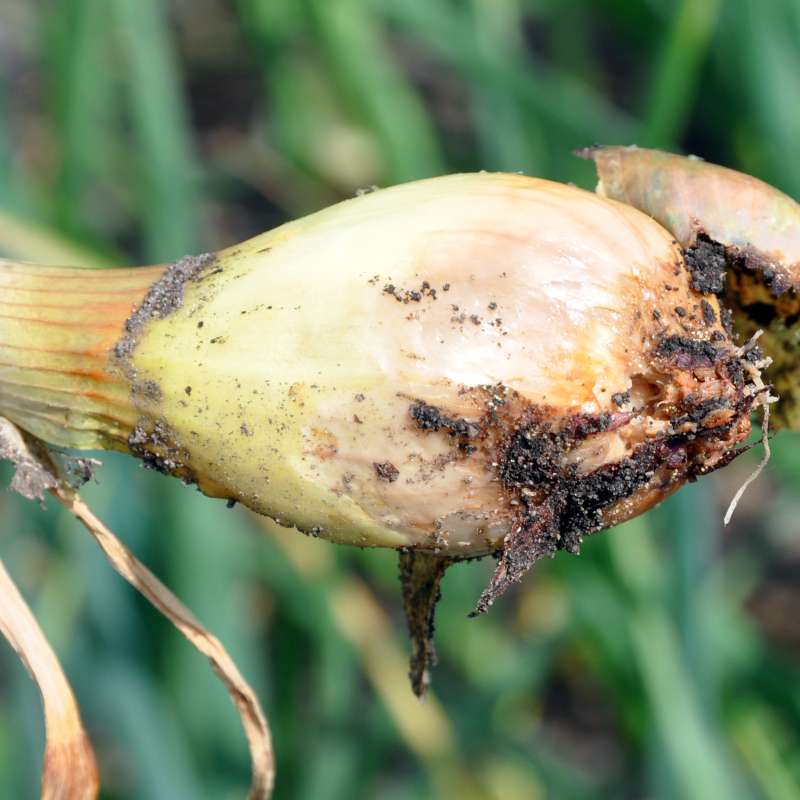Erik Lysøe
Research Scientist
Authors
Tatsiana Espevig Kristine Sundsdal Victoria Stornes Moen Kate Entwistle Marina Usoltseva Sabine Braitmaier Daniel Hunt Carlos Guerrero Monica Skogen Erik LysøeAbstract
No abstract has been registered
Abstract
No abstract has been registered
Authors
Mirella Ludwiczewska Paulina Paluchowska Marta Janiszewska Erik Lysøe Simeon Rossmann Sylwester Sobkowiak Zhimin Yin May Bente Brurberg Jadwiga ŚliwkaAbstract
No abstract has been registered

Division of Biotechnology and Plant Health
REKORN: Can regenerative cultivation methods contribute to reduce the risk of fungal diseases in cereals?
Regenerative agriculture is referred to as a bridge between organic and conventional agriculture and has received increased attention in recent years. Regenerative agriculture focuses on soil health and cultivation measures that can stimulate soil life and plant growth. An improvement in soil health is visualized, among other things, in increased carbon storage in the soil, limited soil compaction and increased microbiological diversity. The methods used to improve soil health within cereal cultivation may include crop rotation, reduced tillage, intercropping, use of catch crops and surface composting where plant residues are mixed into the top-soil layer.

Division of Biotechnology and Plant Health
Strategies and methods to manage major pests and diseases of onion (‘QualityOnion’)
Onion fly and Fusarium basal rot represent major threats for sustainable Norwegian onion production. There are substantial gaps in our knowledge regarding these pests such as which Fusarium species infect onions in Norway, what are the main sources of Fusarium inoculum, and how onion fly prevalence is changing through the growing season.
